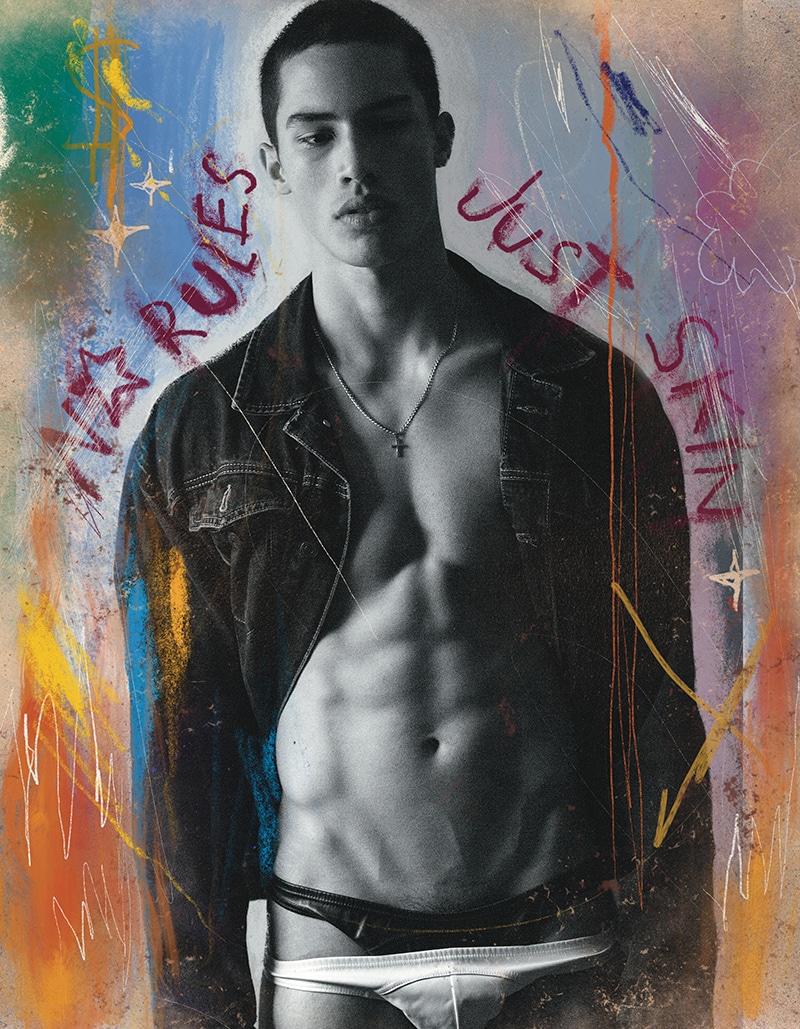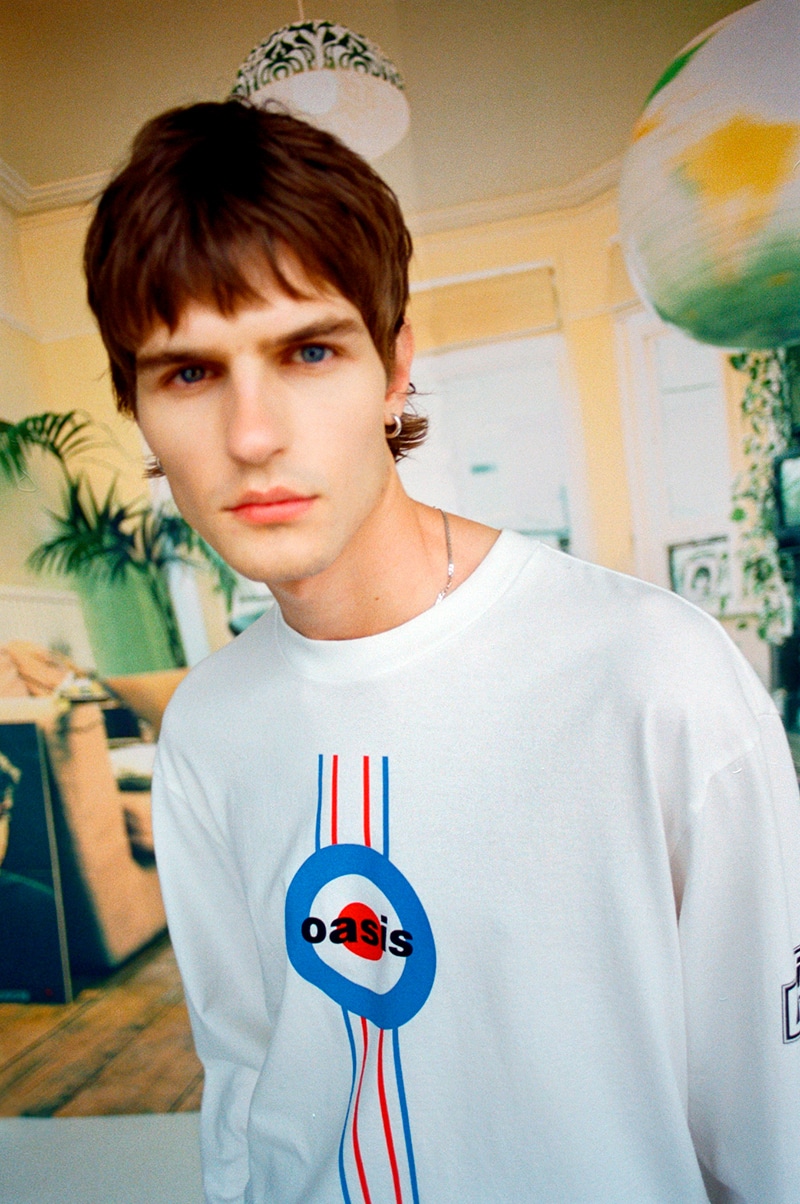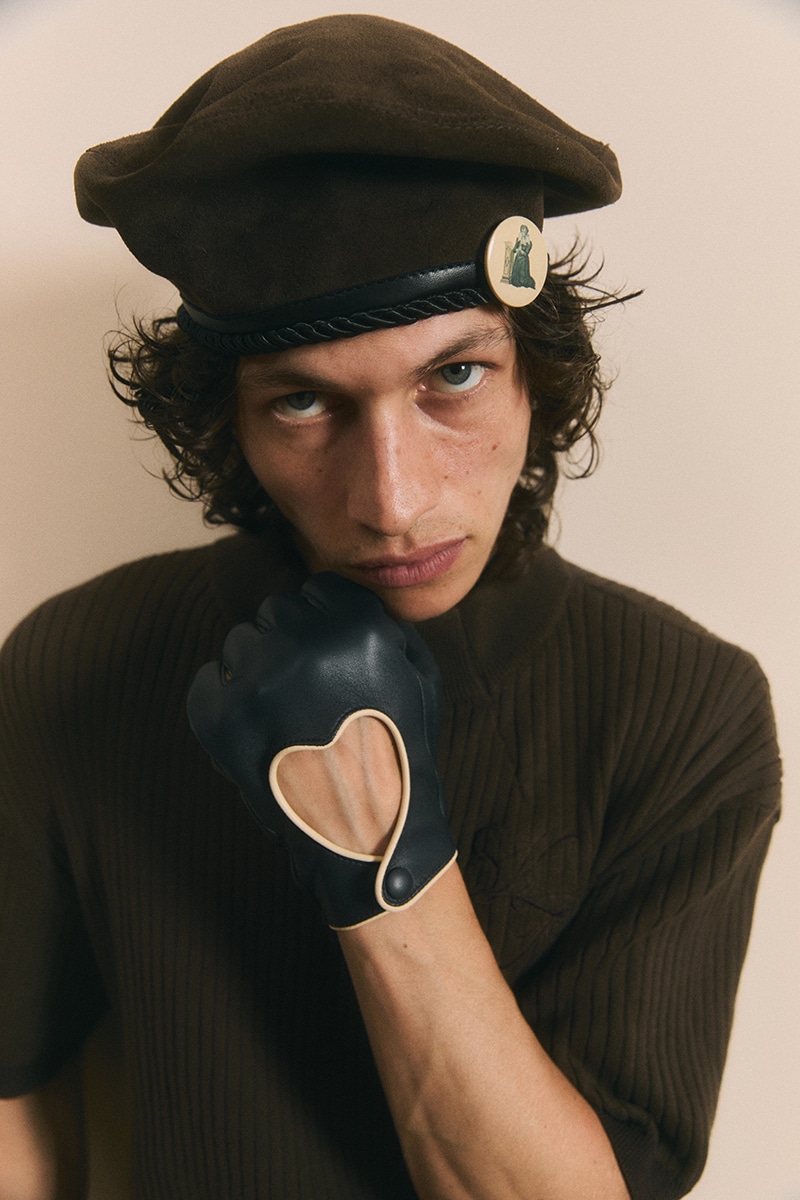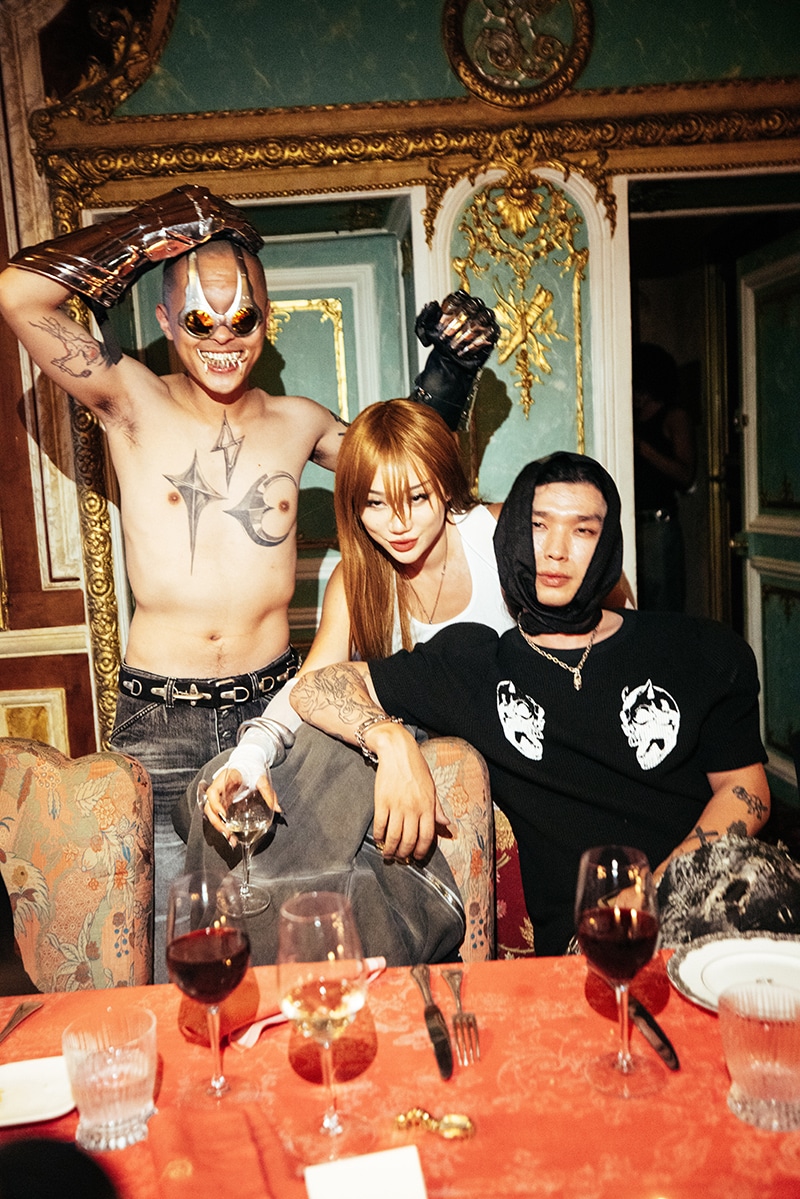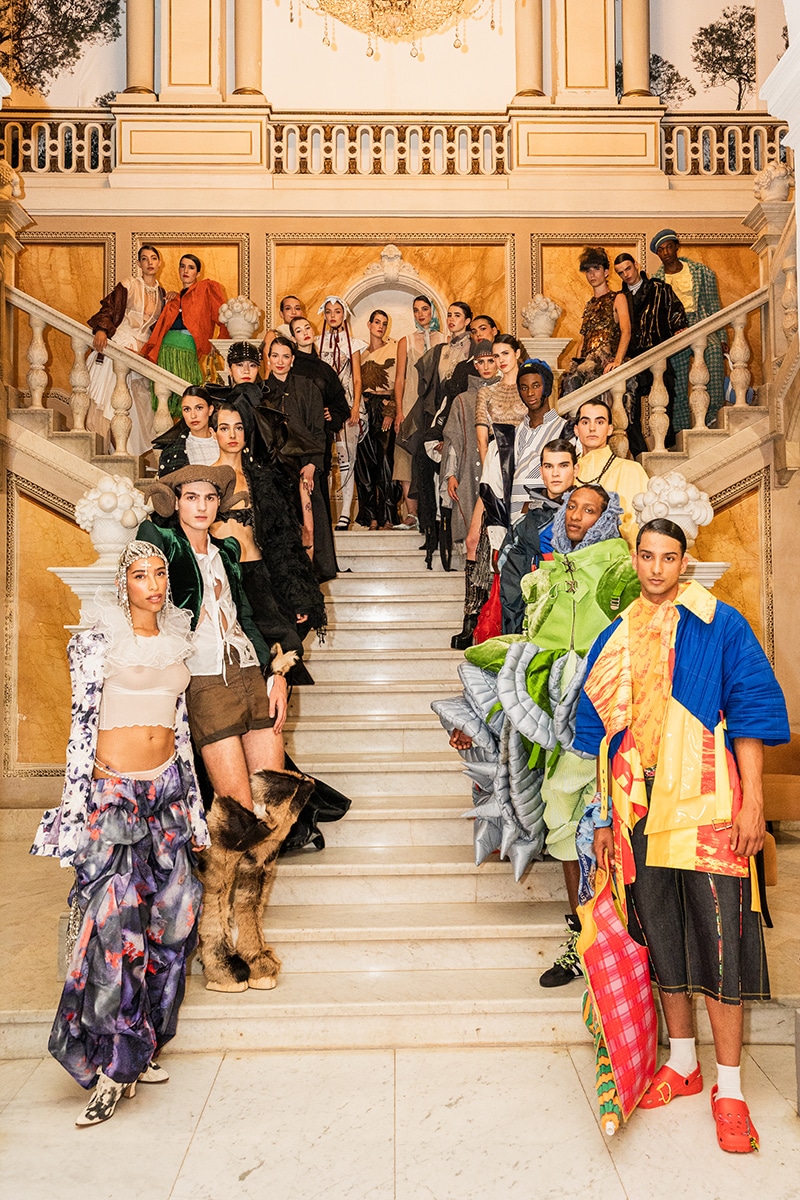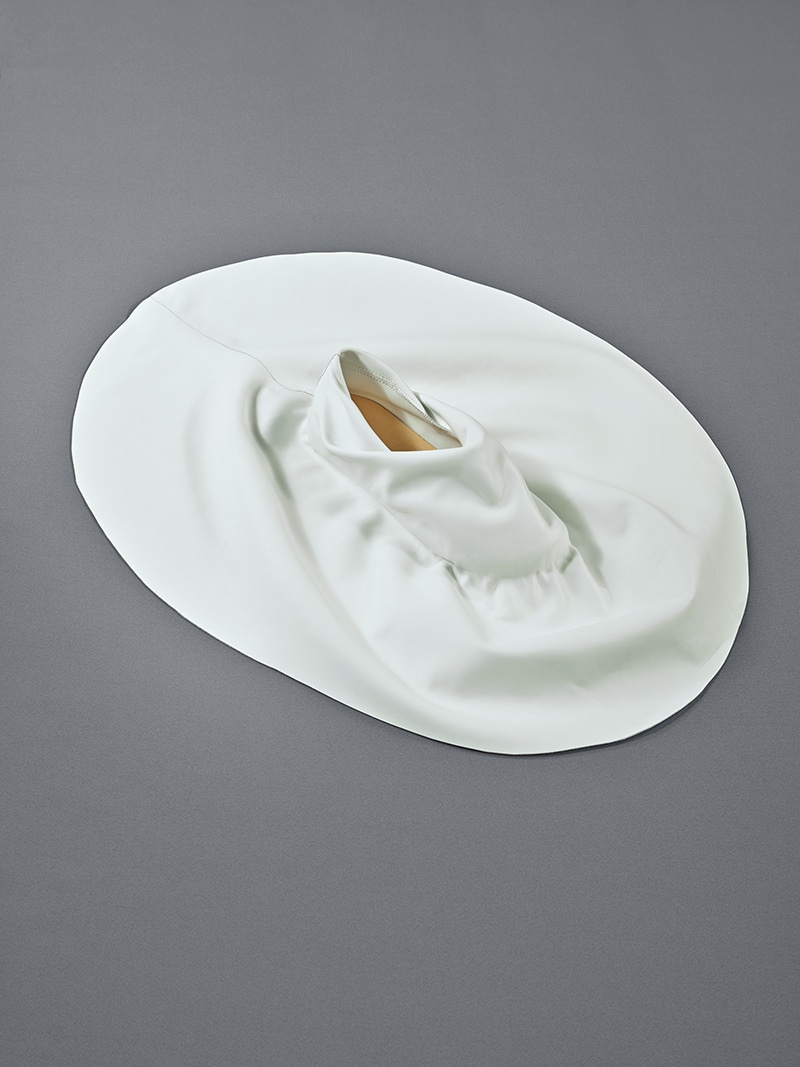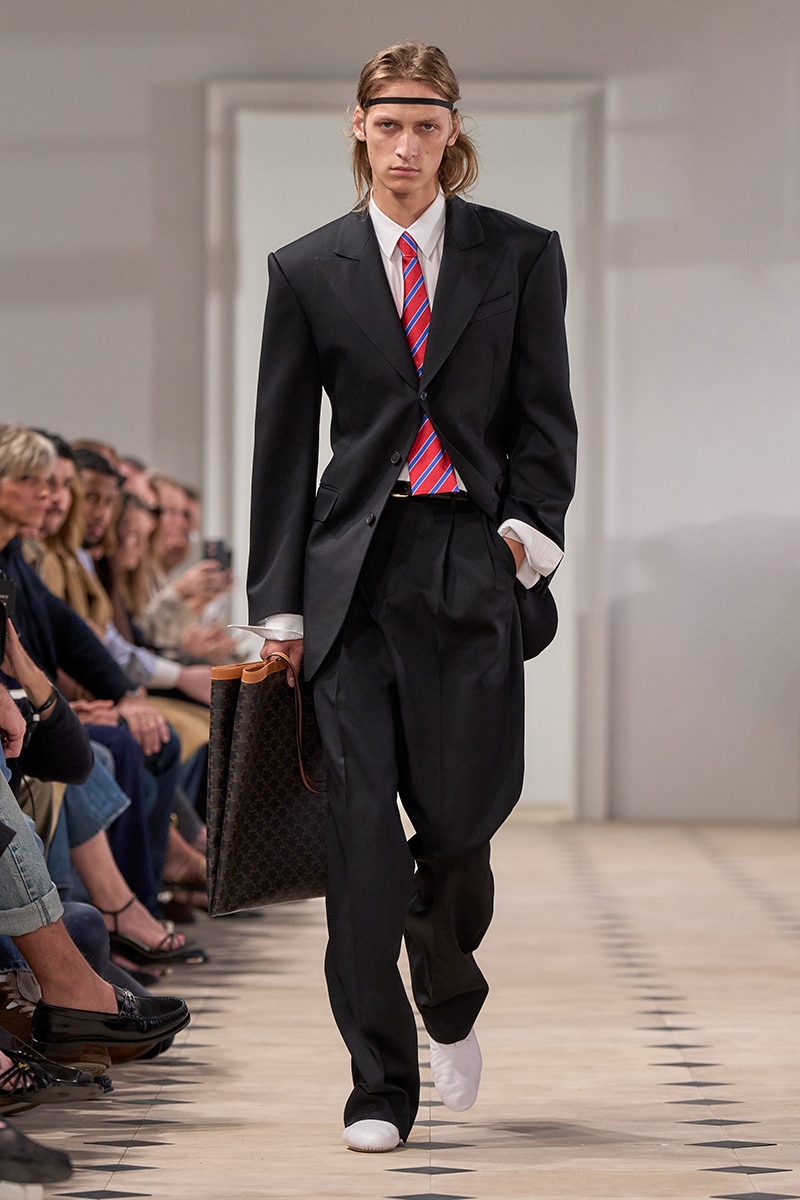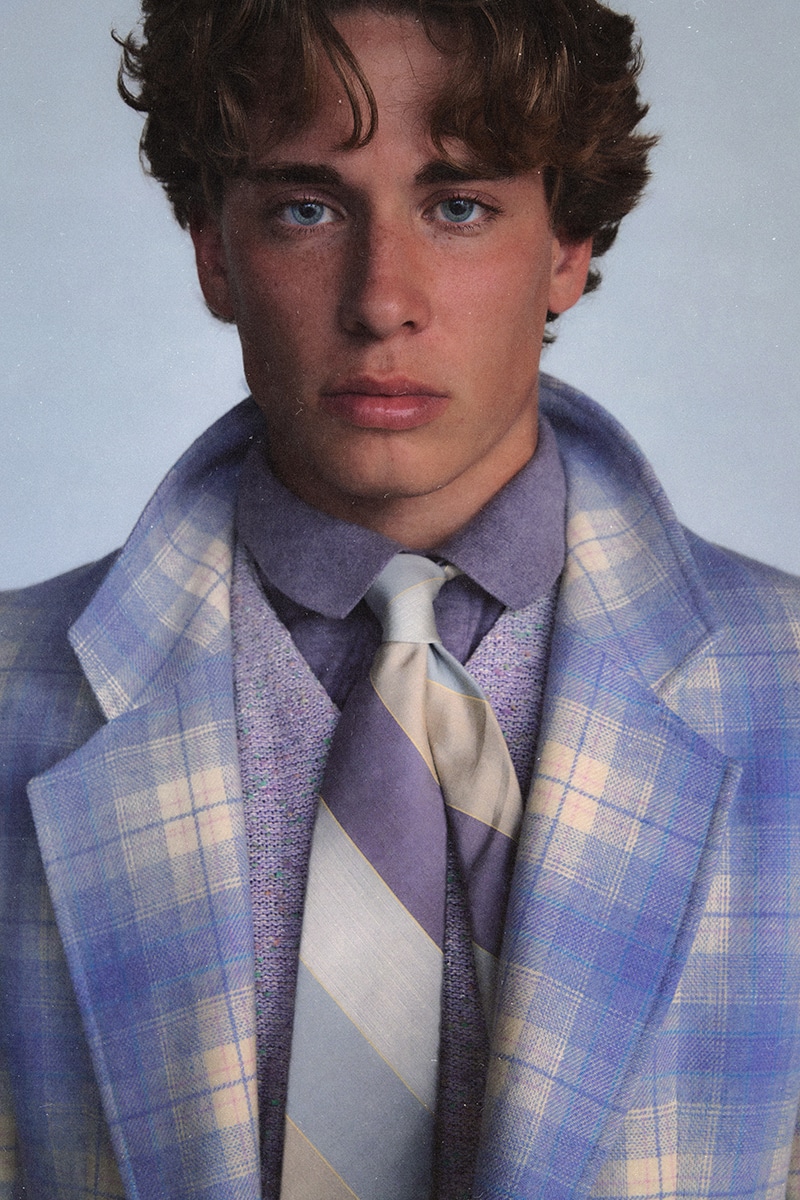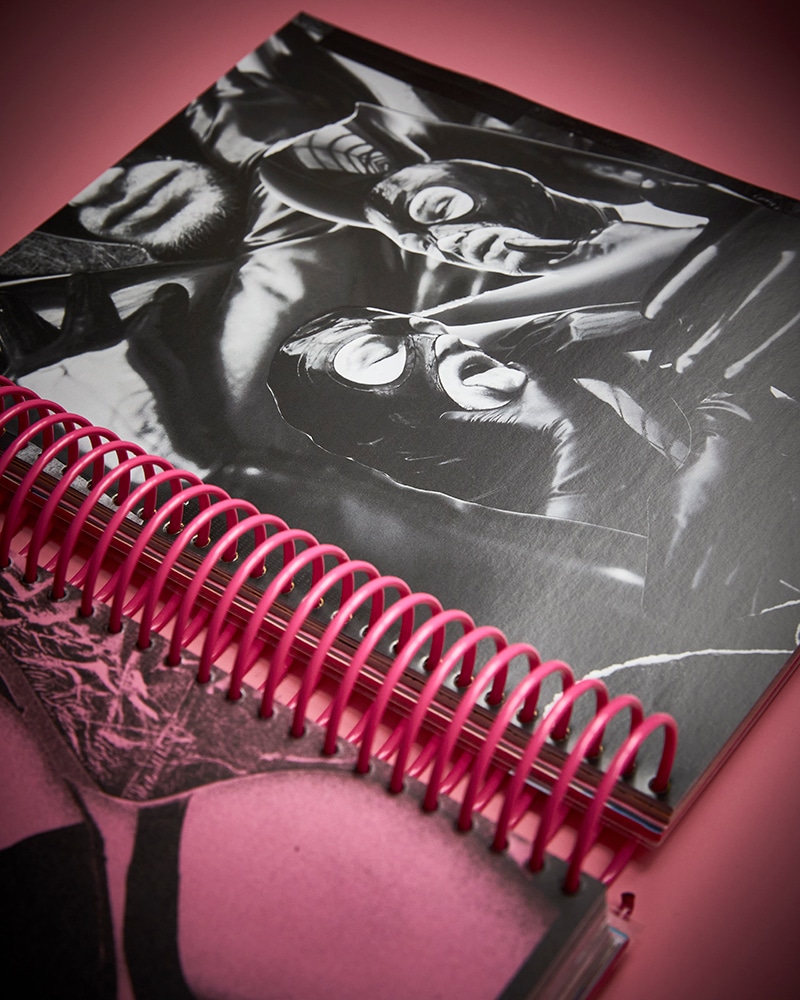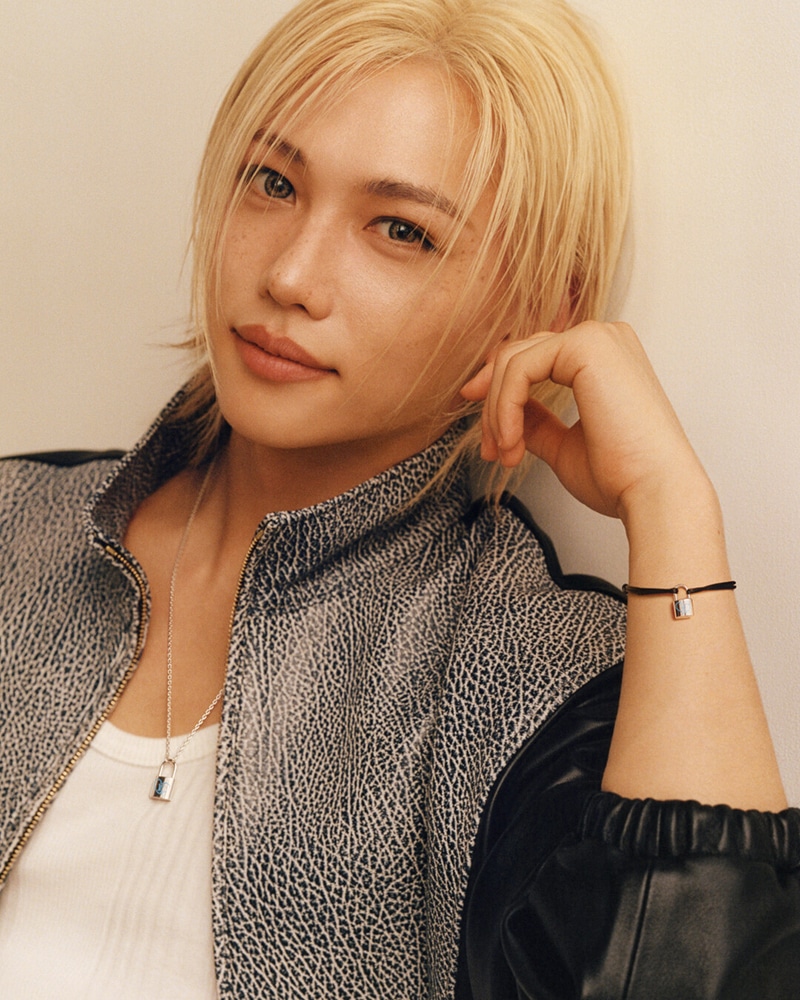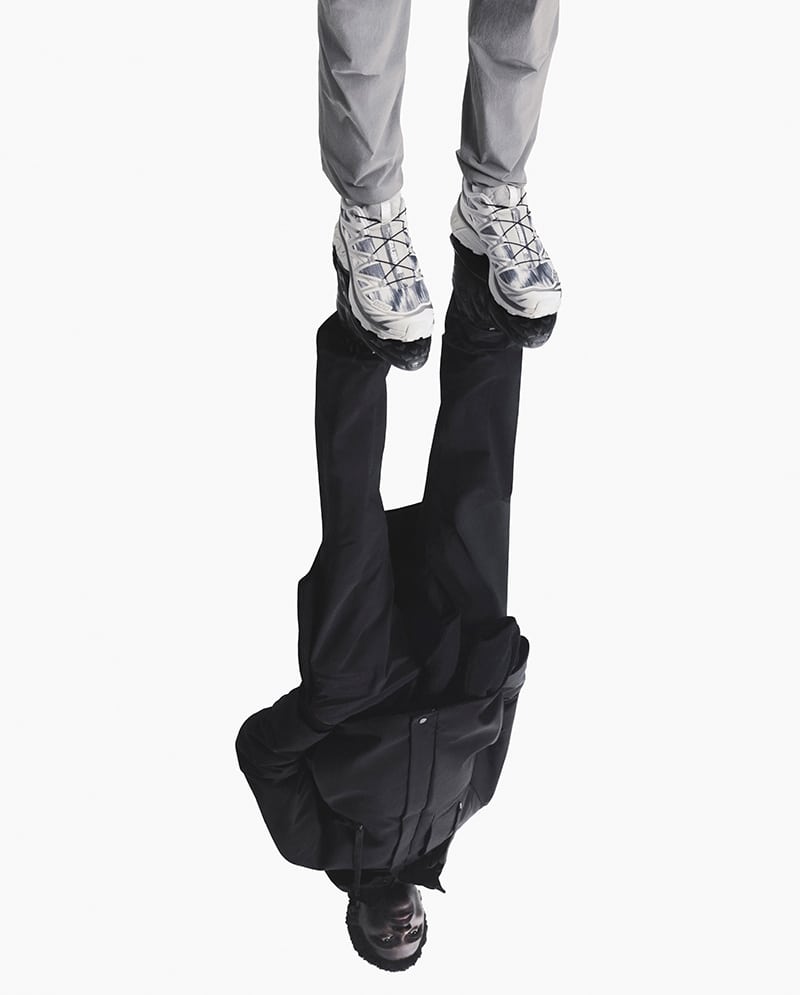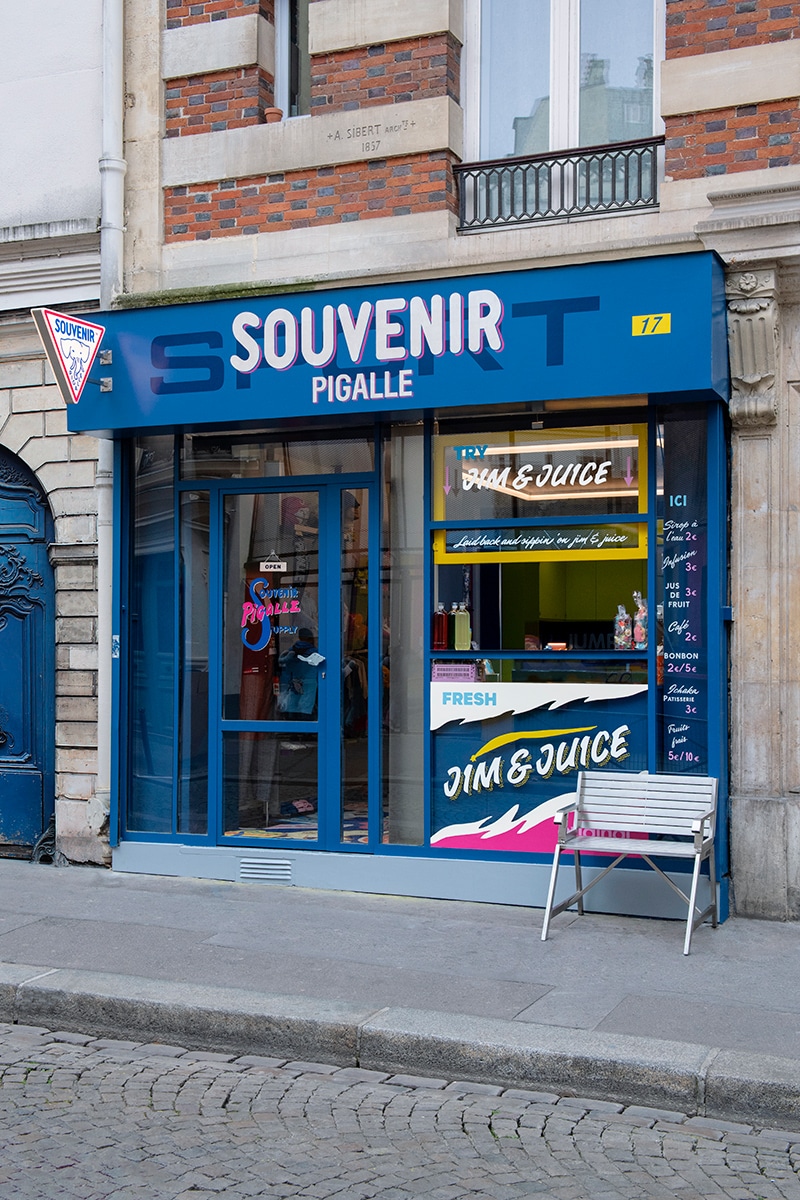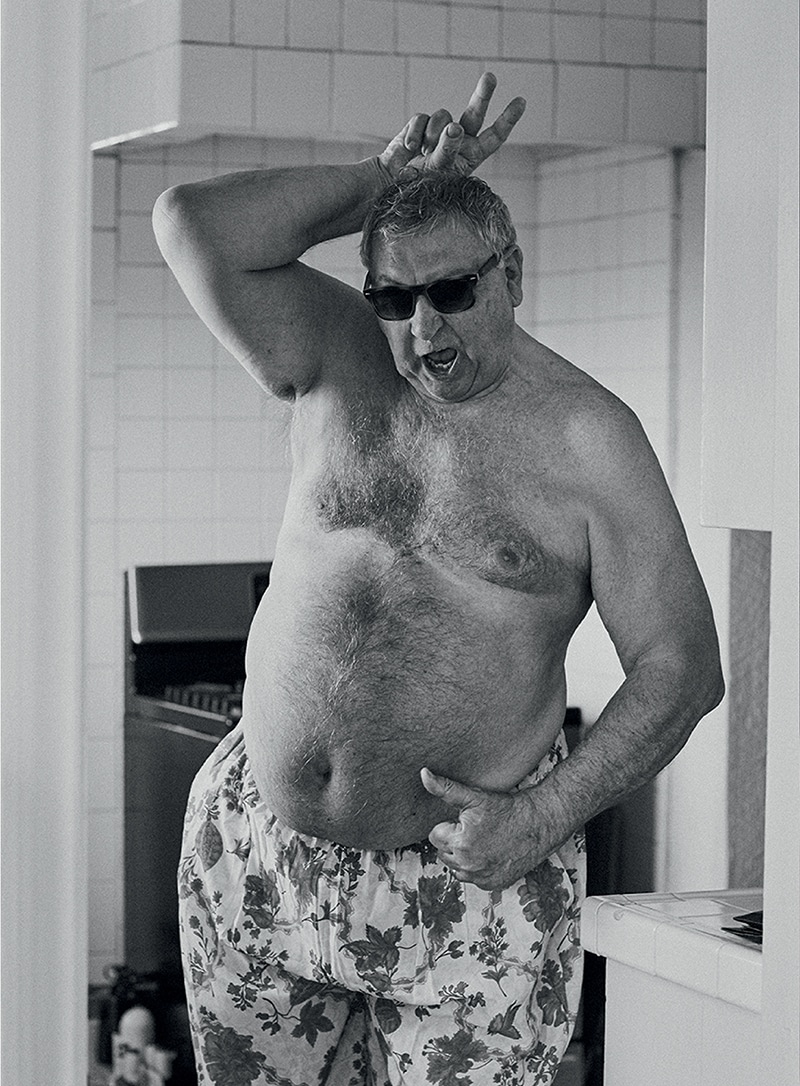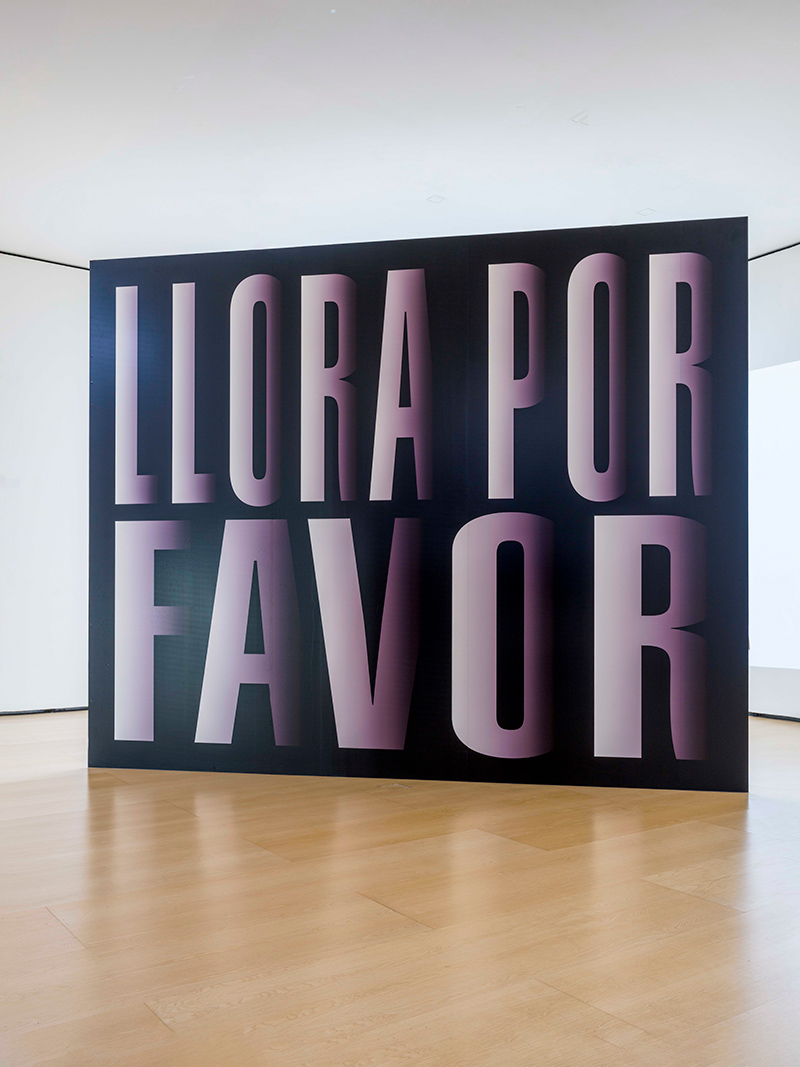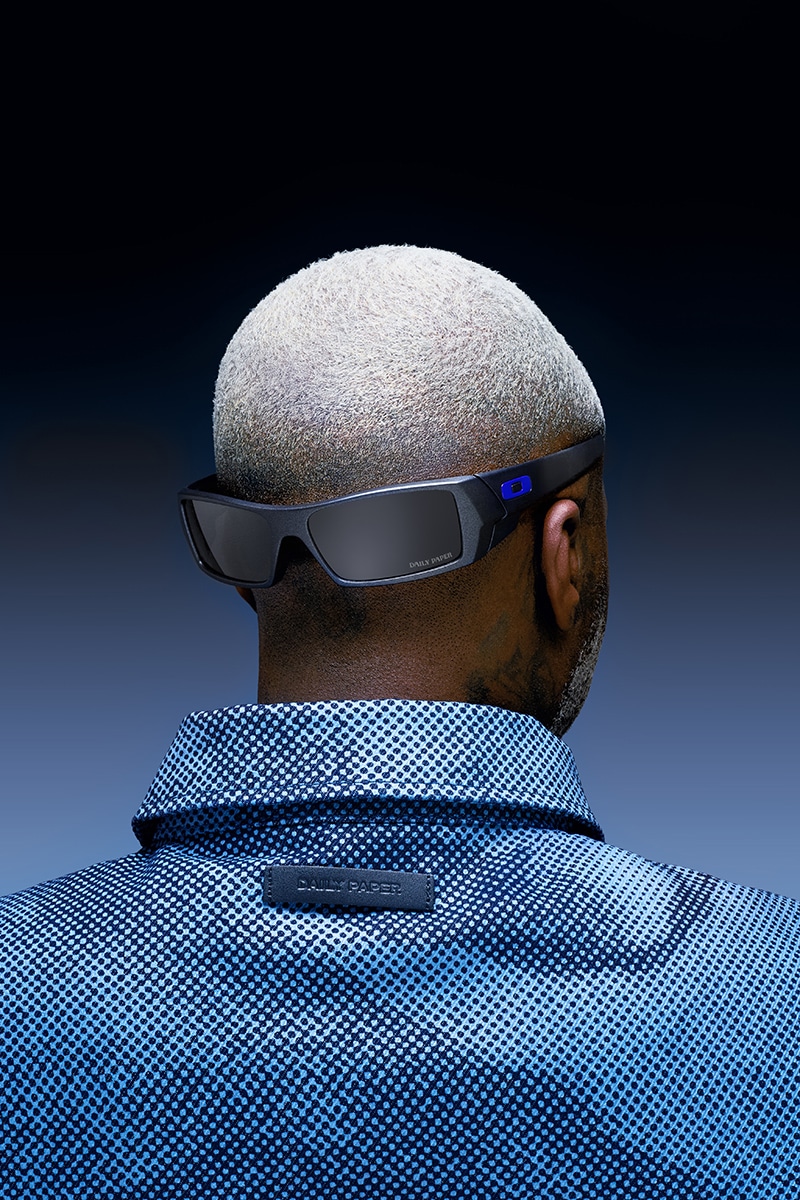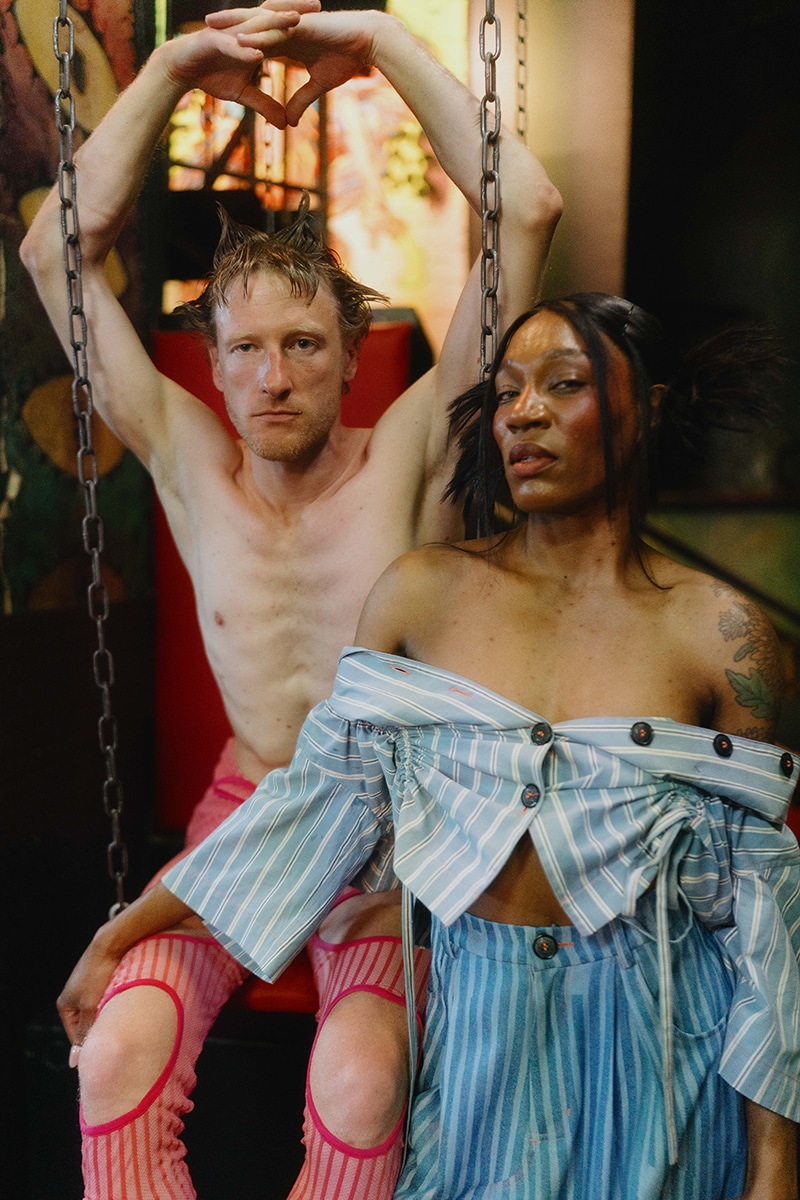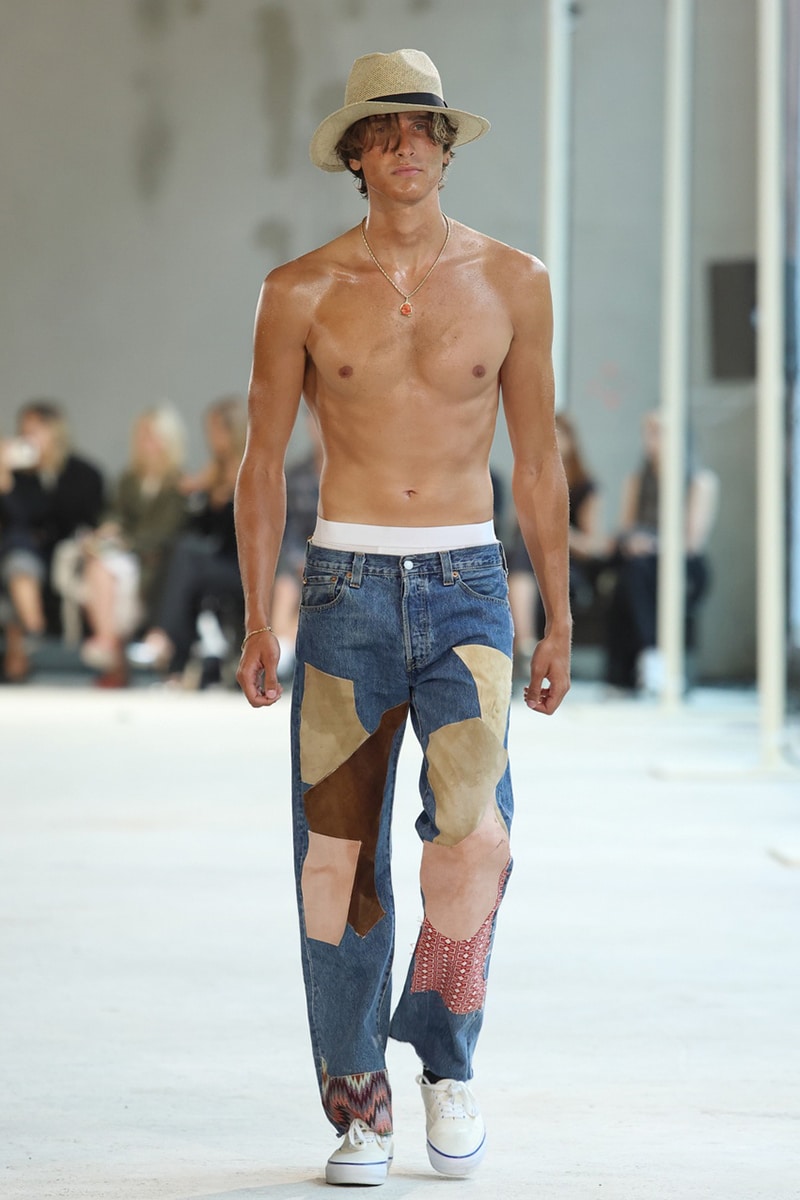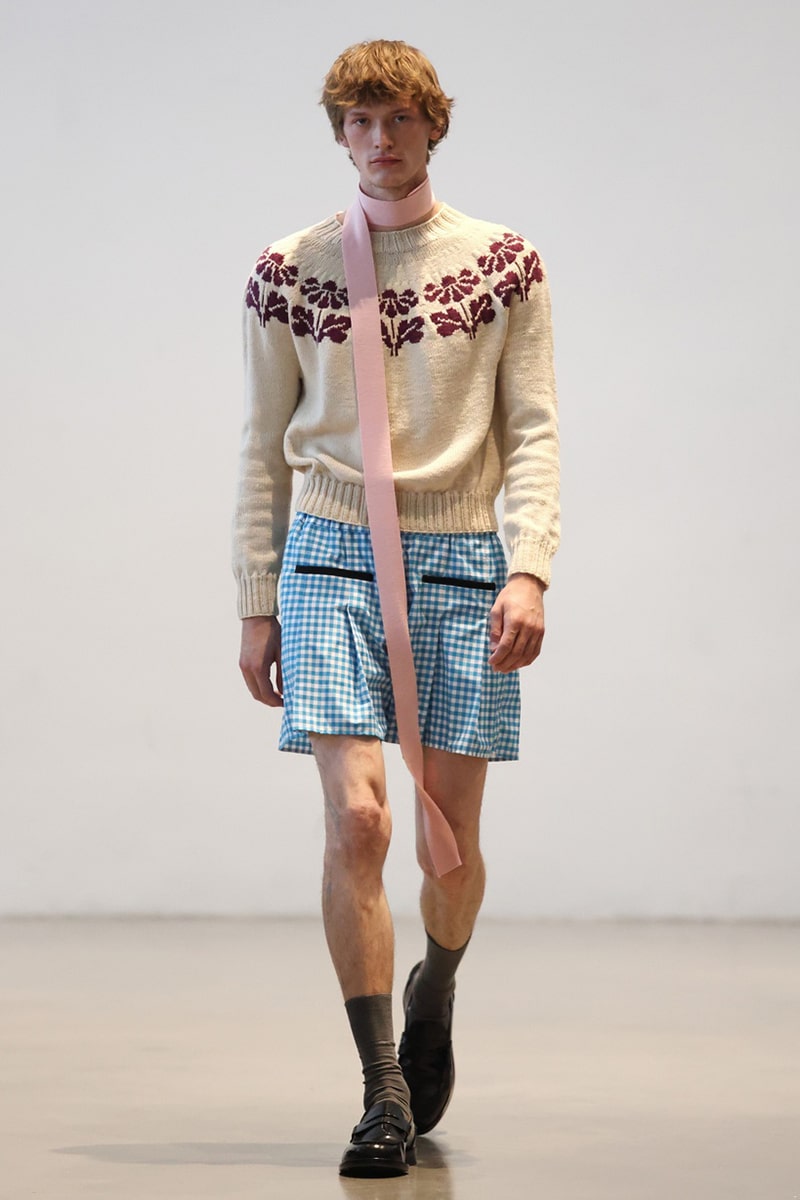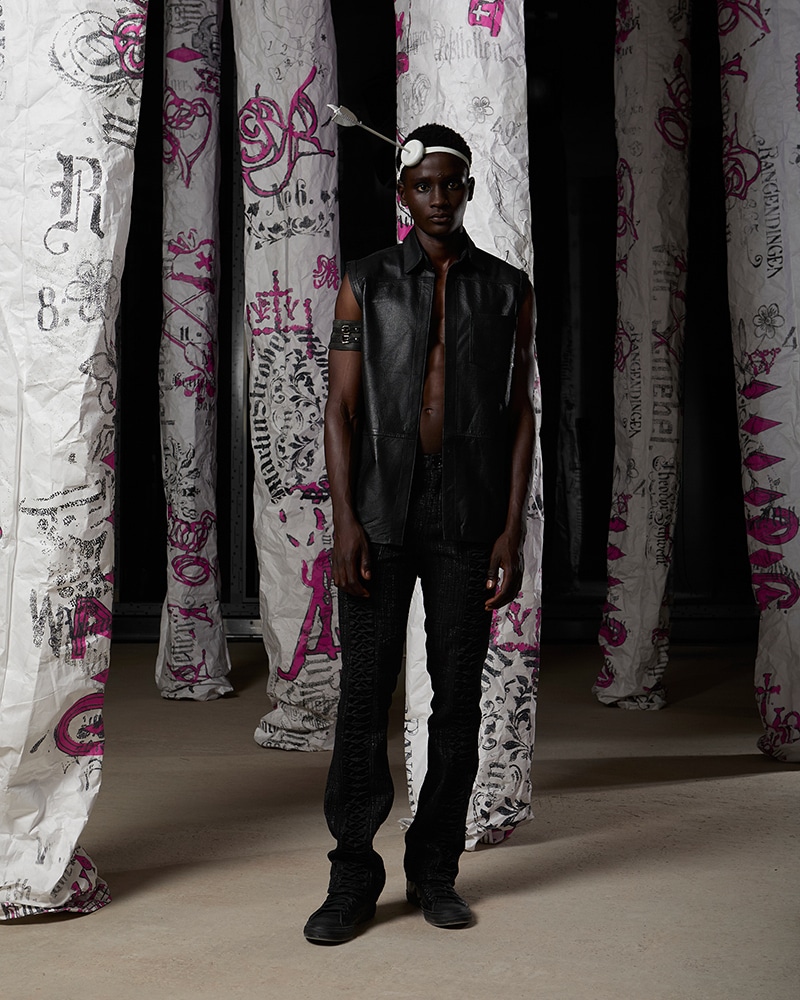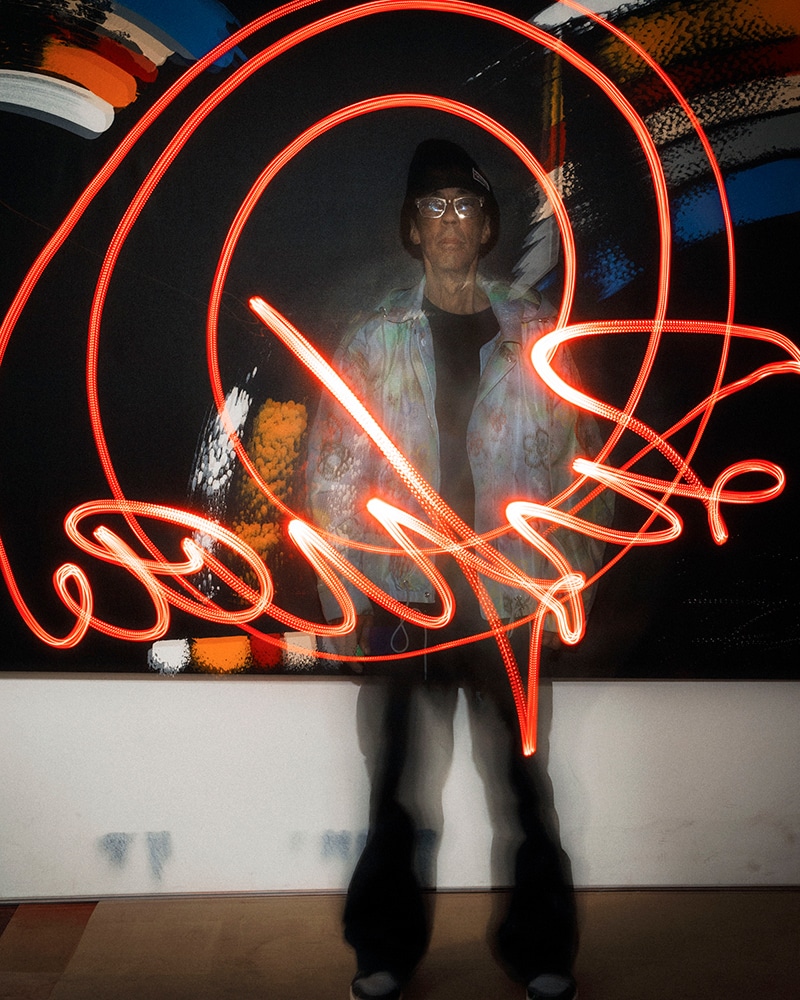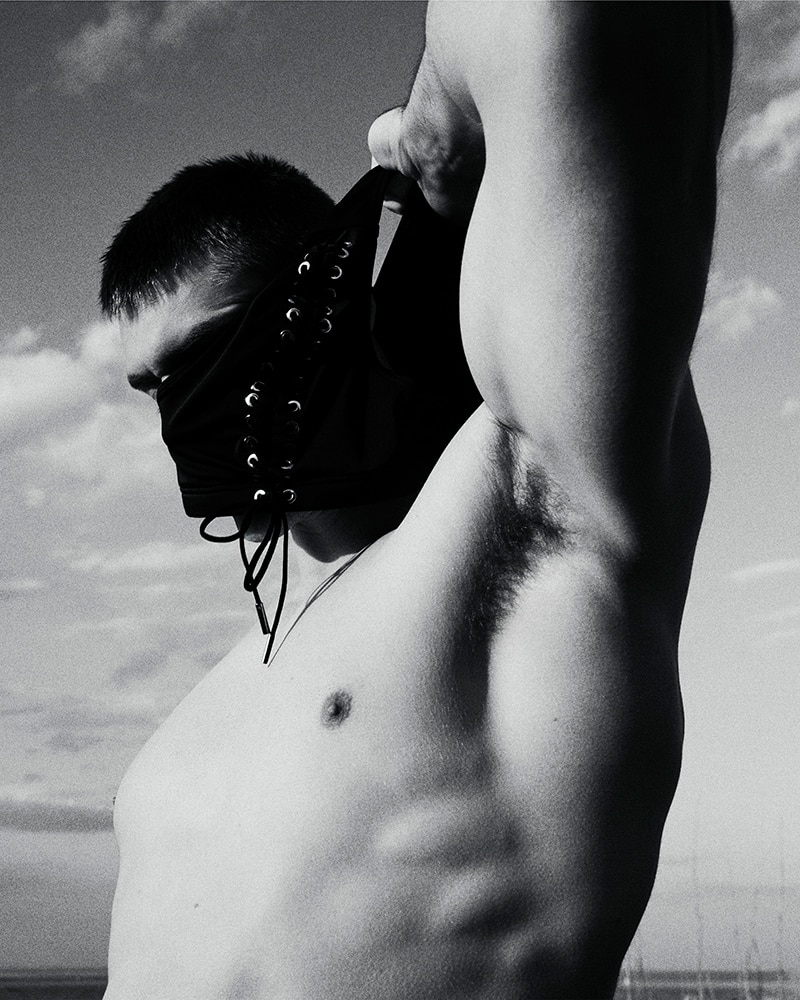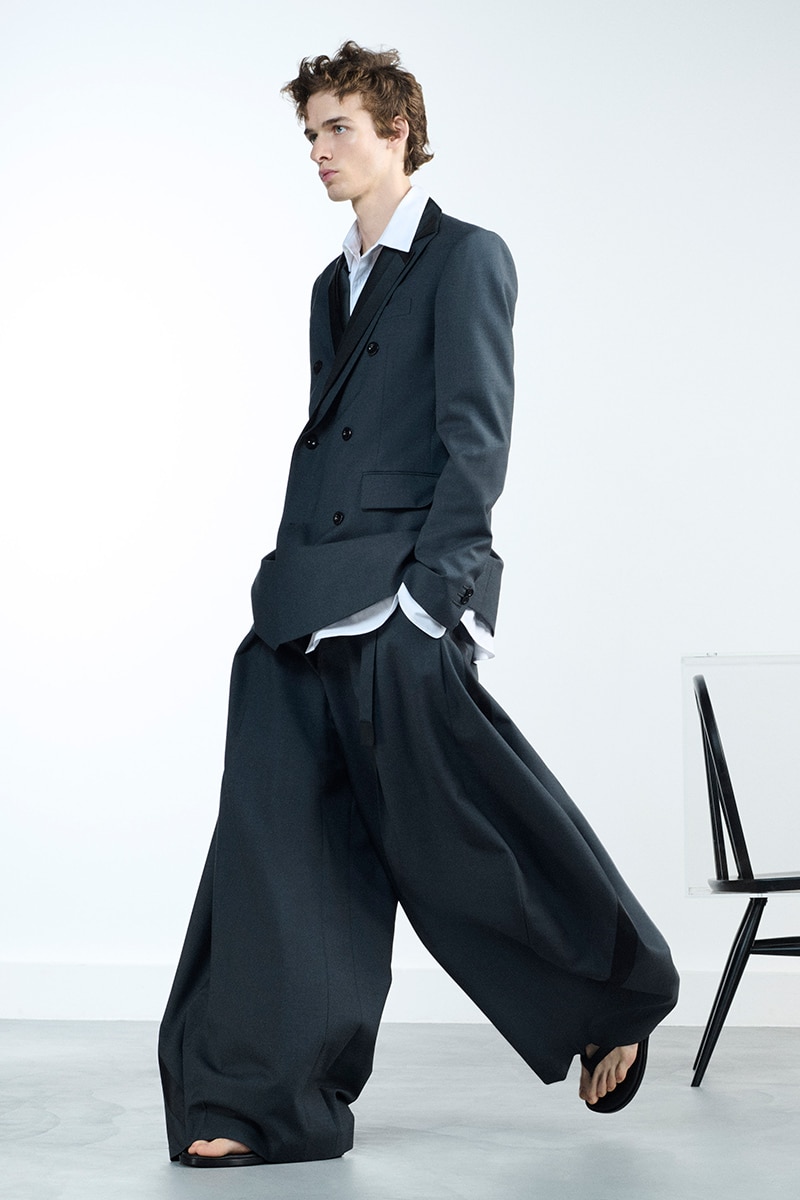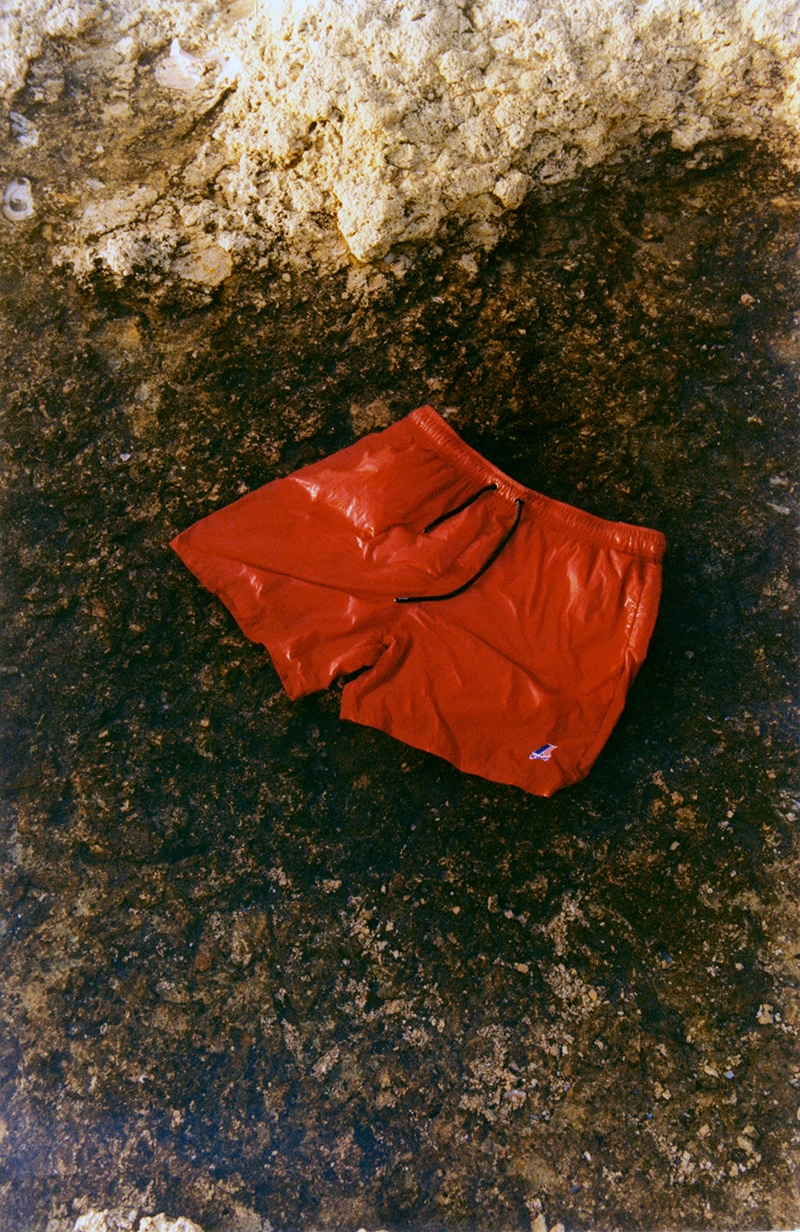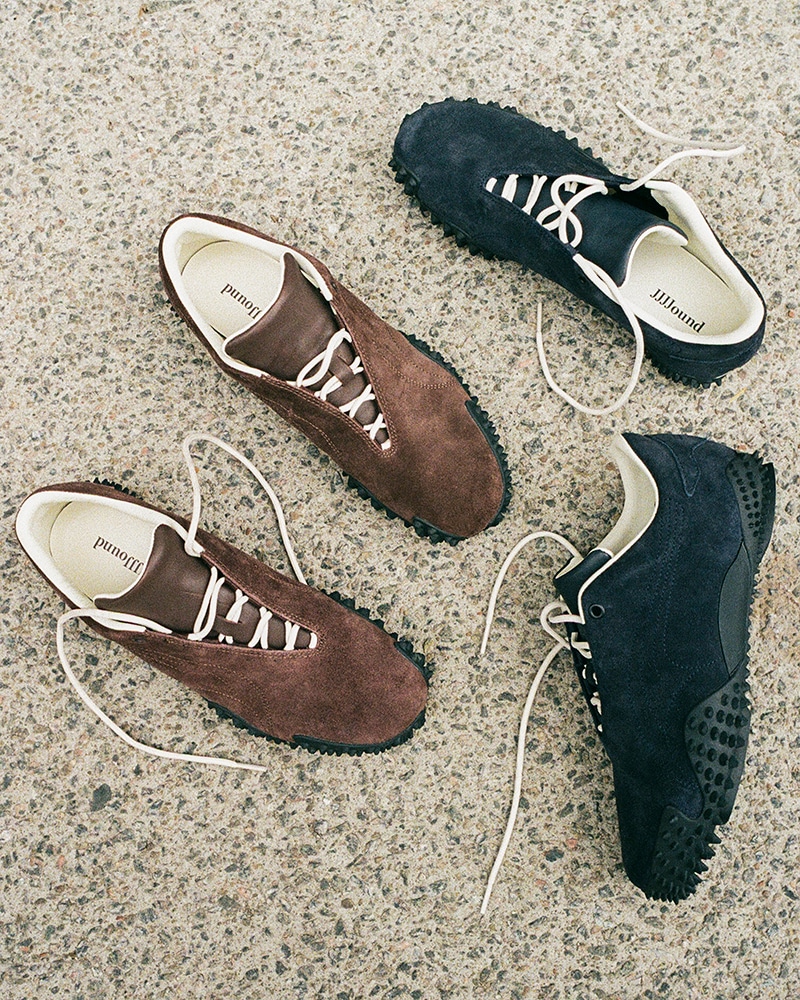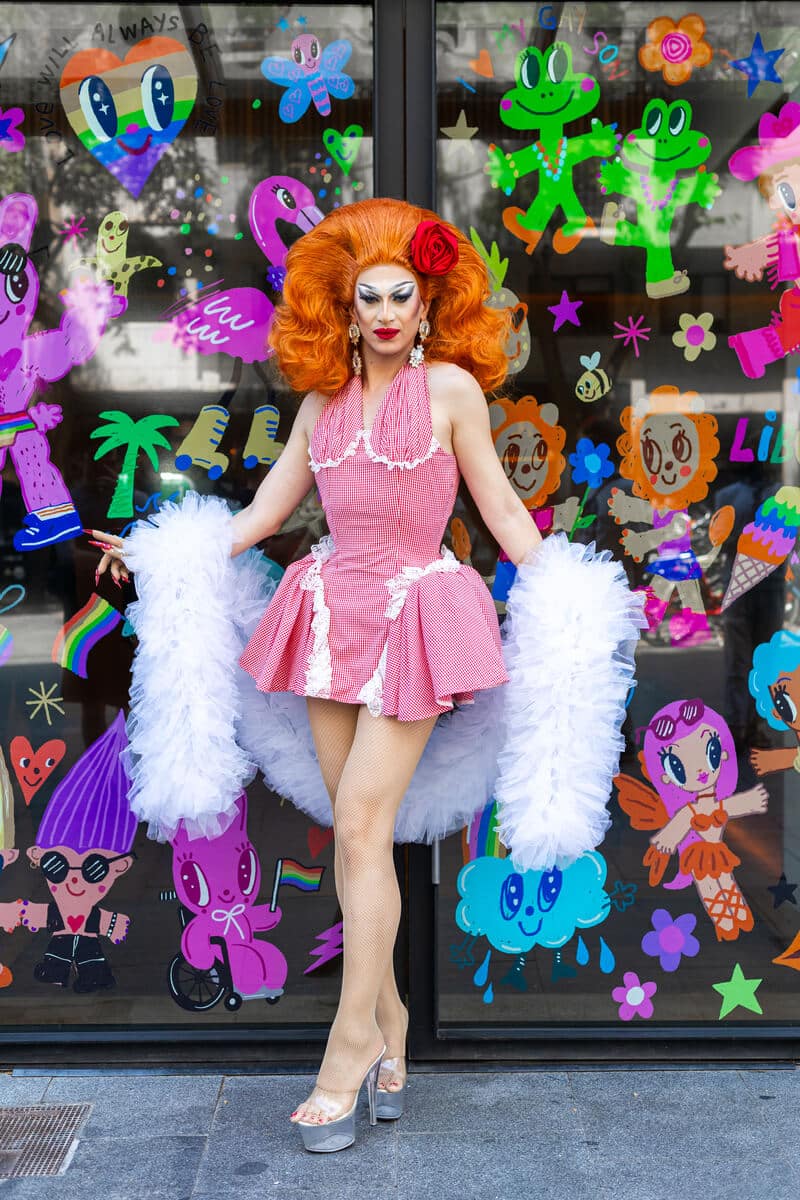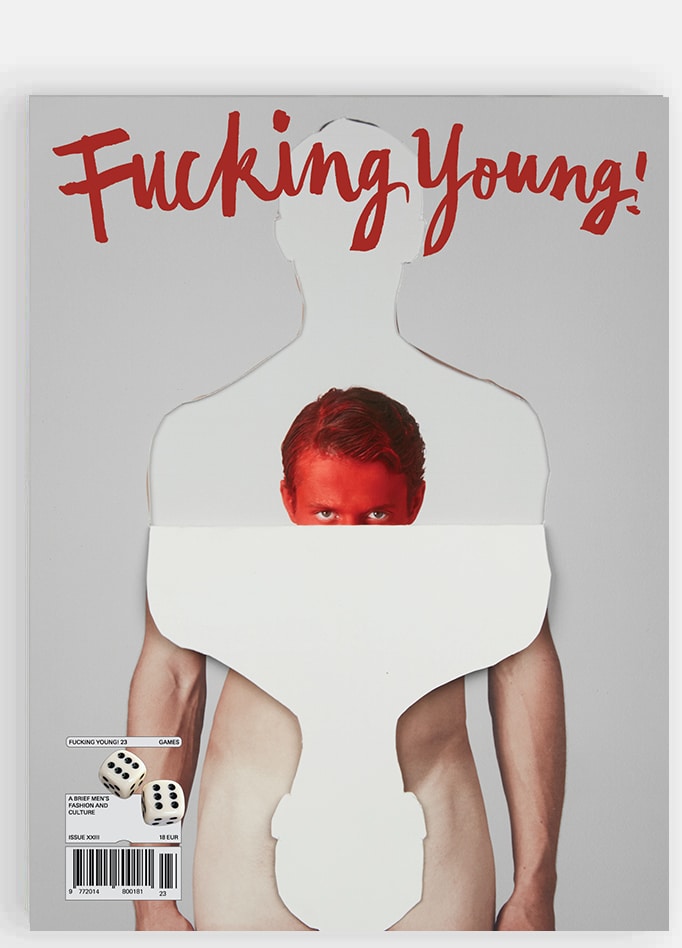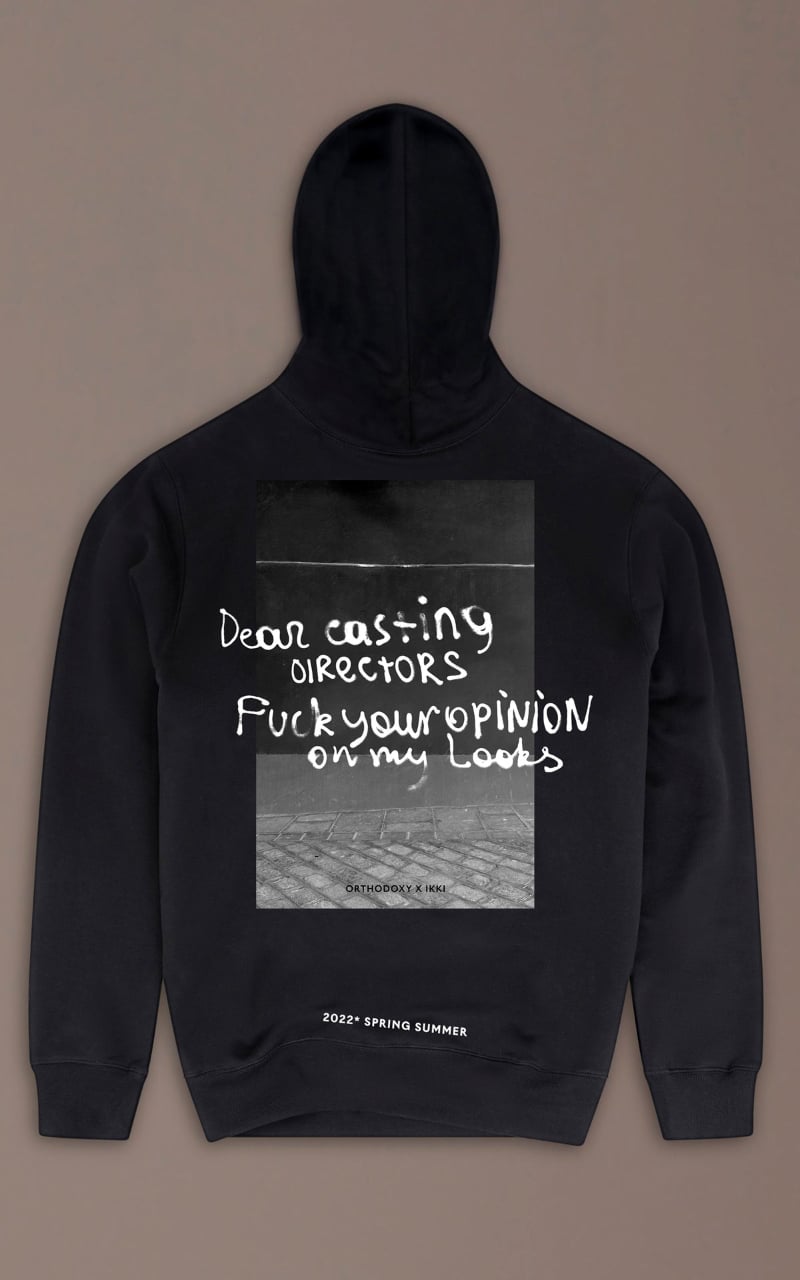
Kevork Kiledjian has had many lives in fashion from having created the iconic BearBrick Chanel in collaboration with Karl Largerfeld to dressing Michelle Obama. Back in January he launched his new brand Orthodoxy made up of the harmony of opposites: street and luxury, permanence and novelty, past and future. Made up of essentials in perfect cuts and at a fair price; the brand takes its responsibilities, without giving in to greenwashing. With this conviction that the environmental impact of its products is above all linked to the number of times the clothes are worn.
We caught up with Kevork to pick is brain on the crazyland that is fashion and take a look at his capsule that he shot himself and styled by Vero Didry on friends including artists Louis Somveille, Melchior Tersen, Romain Grondin along with Mickael Piovesan, Guillaume Salmon, and Antoine Drubigny.

We usually start discussions by asking about our fashion journeys, but your journey has had so many directions and chapters. You grew up as a French kid listening to hip hop when the scene started to emerge. Let’s dub it “pre-net” and definitely “pre-soundcloud”. How did you end up in fashion and what brought you to New York and LA?
When I was 16, I used to listen to a lot of hip-hop and very organically, it led me to fashion. At 20, I opened a shop in Cannes. And at 25, I thought ‘I’m buying clothes to all these small brands: Subwear, Triple 5 Soul, Joker…’ so why don’t I give it a try? I launched my first brand called Triiad, which was very successful. This was 1996. I went to LA and then New York because after Triiad I launched another label called Guilty Brotherhood and we wanted to work on it from the US.
As a French, you can answer this question from a place of honesty, East Coast or West Coast?
Strangely, East Coast for a vacation and West Coast to live. New York is great but it’s a tough city. It takes more time to figure out Los Angeles and how it works but it’s so good when you start making friends. Visiting LA is the most boring thing and you feel like you’re a witness rather than a local which is always strange.
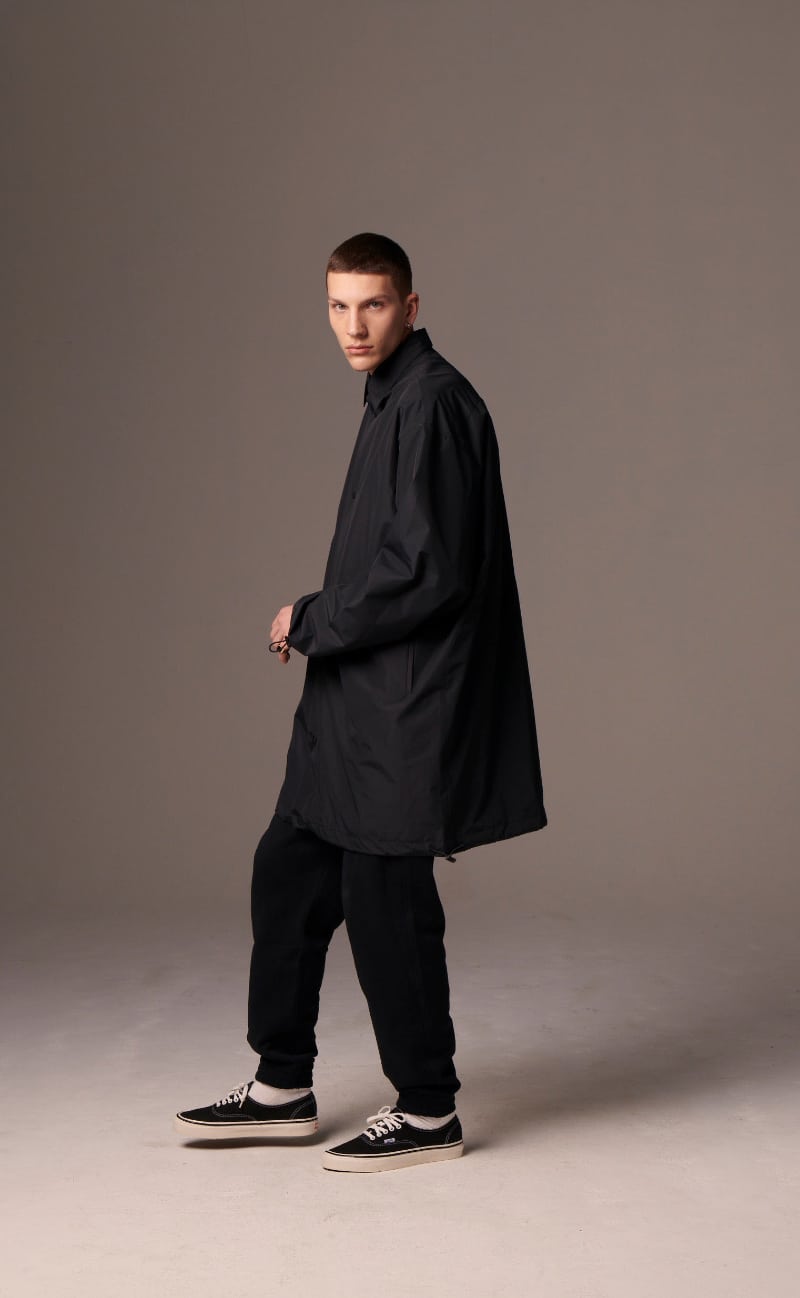
Any crazy stories from LA, maybe one involving Mike Tyson?
Any story from LA is crazy. One example is watching a Mike Tyson fight on TV. I was with Esteban Oriol, the Triple Gear team and Mister Cartoon. Obviously, Tyson won. Another one was when my friend call me and told me to come to Vegas for the weekend. It was Slash’s birthday so why not? I got there and Slash was completely sober at that time. He was bored and the only thing he wanted at that time was to leave with my wife. Nothing happened but it was really funny. The next day, we went to see an Aerosmith show. In the end, it turns out that Steven Tyler wanted to launch his own fashion brand and wanted some sort of advice. I ended up in this crazy hotel suite with a pool, discussing fashion with him. He’s a good guy.
Going back and forth with bags of clothes, did you consider yourself something of a fashion hustler?
When you decide to work in fashion, you automatically become a hustler. Hustling, hustling, hustling, all the time. People imagine that it’s a rather easy job but it’s not. It’s not glamorous at all.
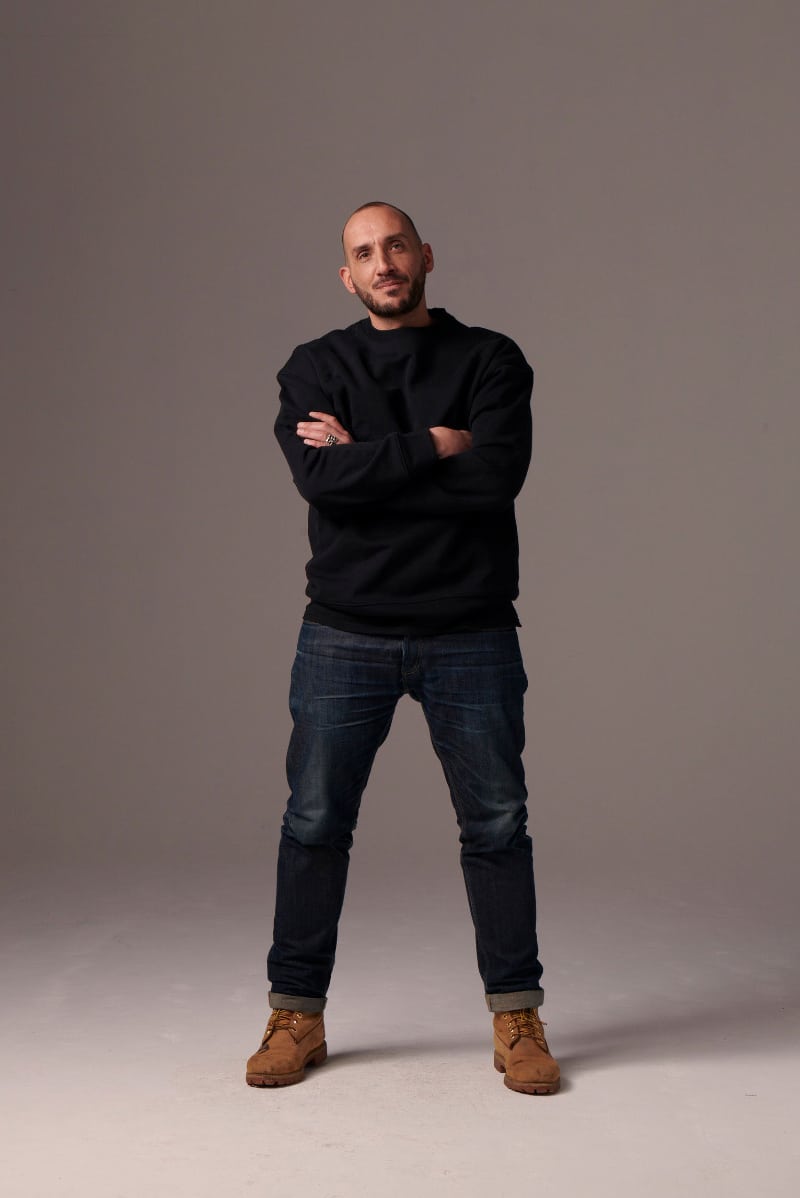
There were streetwear brands nearly two decades before HBA, Pyrex, Been Trill who are considered today’s innovators. In the 90s you had Triiad, which was one of the first brands about graffiti, followed by Guilty Brotherhood in the noughties. How were things different especially before socials and then the rise of socials?
It was not a violent change, it was gradual. Back then, when I had my shop, people wanted to buy the brands I brought back from the US because they were watching hip-hop videos, on MTV for example. Snoop Dogg would wear a shirt so they discovered a particular brand, Eminem would wear another one and so on. Since every rapper had his own style going on and every brand was different, it created great energy. If you were bringing all these clothes right from the US, it worked because it was impossible to find on the French market. People would go and look for things.
I think that’s the main difference: at the time, everything was not so accessible: you had to look for it. It was more of an aficionado thing, looking through fashion magazines that were not necessarily easy to find… Today, it’s so different, you don’t have to look for anything since everything is within your reach. But that means that maybe people are lazier nowadays. The challenge now is to select what’s cool and what’s not. And that’s individual, there’s no diktat.
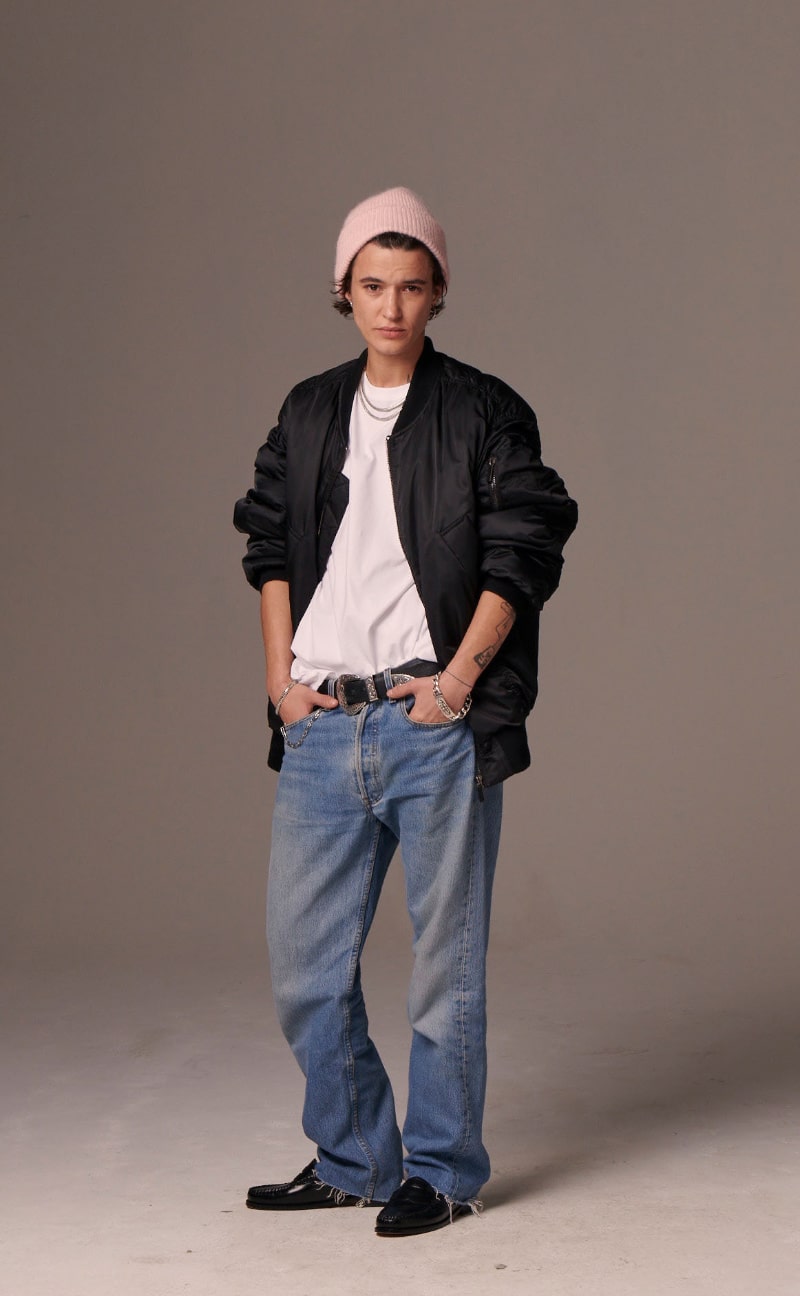
Fast forward and you have just launched Orthodoxy, following a couple of years taking a turn in womenswear. What made you return to fashion with a huge pivotal to essentials paired with minimalism?
Because when I was showing in New York, everything was going well: I had great press, I was sold in the most beautiful stores around the world: Maxfield, Neiman Marcus, Montaigne Market… But I told myself that something was wrong. I was seeing retailers in a bad state and looking at all these clothes that are not used… The world was changing and I wanted to go back to something purer. I needed to wash myself from everything, to have something closer to reality and that meant something to me. And I had been through a lot but Orthodoxy for me is such a special story. I wanted the foundations to be really solid. Today, I have more experience and contacts that I used to, but I still feel like a young designer.
The power suit today is replaced with the power hoodie. How would you describe “new tailoring” in this era? Will we see a pendulum swing because of an essentials revival?
For me, there are no rules. Streetwear clearly holds an important space today in fashion. But fashion is freedom: today I can wear a suit and wear a fitted tee-shirt. Tomorrow, to go run errands I can wear an oversize sweater because my mood will be different. You don’t really have one style anymore.
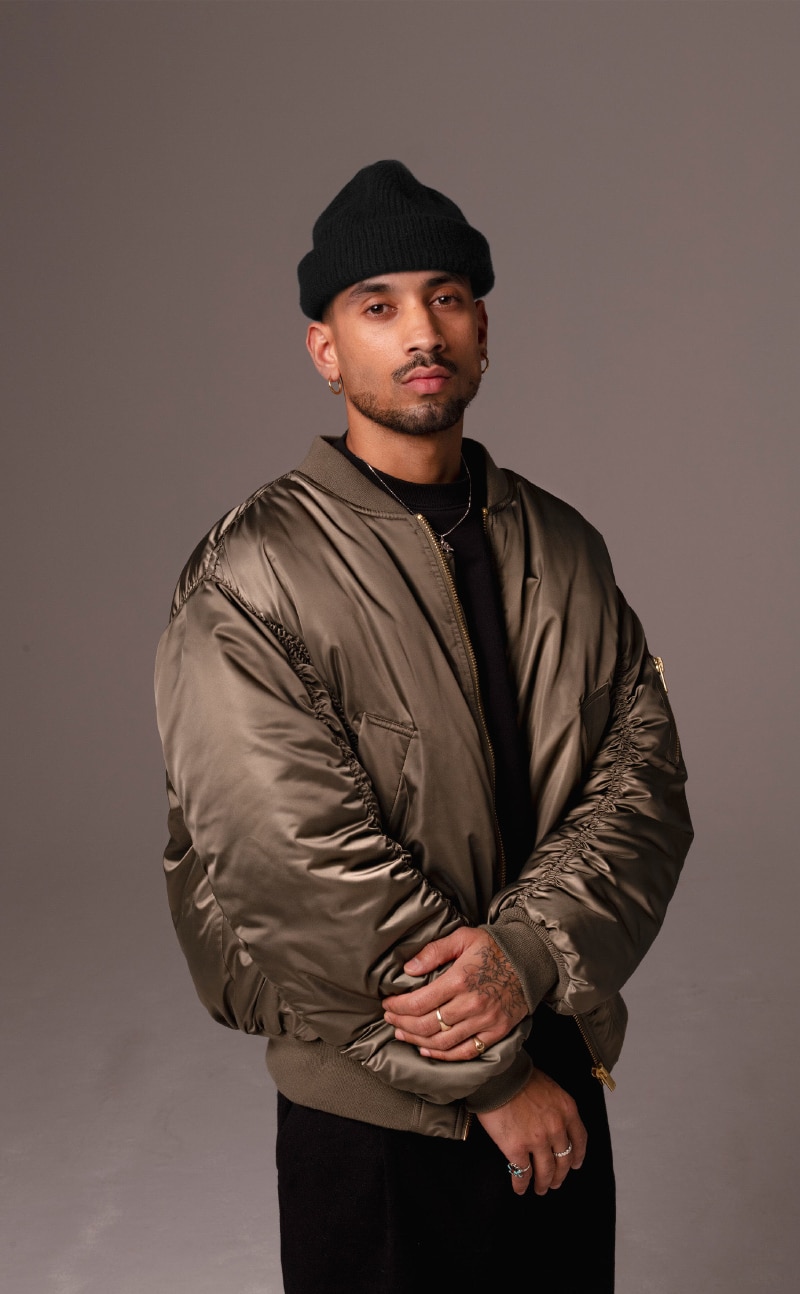
You are quite transparent regarding production and sustainability, and you also manufacture your pieces at some of the same factories and some of the same materials as the biggest brands (which we will not namedrop). Why is it important for you to have democratic prices and long-lasting pieces? Especially in a world that keeps pushing viral trends and celebrating consumerism while shoving greenwash down our throats.
The answer to this is easy: the idea is to respect clients again. Some pieces that I bought, I know right away that it was a scam. I know that now, the packaging and what’s around the brand is important but I also am sure that people are not stupid and that they also want a great product. With Orthodoxy, we want to give the opportunity to buy a sweatshirt or a tee-shirt of great quality at a great price. I would also like to add that people who buy 5€ tee-shirts need to ask themselves the right questions. We have all done it but isn’t there a problem with that? A 5€ tee-shirt probably has blood all over it.

What are your priorities in fashion today?
I want to respect clients and give them an enjoyable experience. That’s why we’re working on new products and new content. I want them to feel like they’re buying a special, exciting product when they shop at Orthodoxy.
As someone who has had many lives in fashion, how do you find Gen Z? And do you keep them in mind when designing?
I don’t like putting people in boxes. I don’t feel that different from them. We watch the same TV shows, listen to the same music, we go to the same restaurants… And I talk to kids all the time! When we talk to each other, we don’t feel that divide, they forget about it all. We speak the same language. When I was younger and talking to older people, I didn’t ask myself that question either. I just asked myself if they were cool or not!

While lots of brands are going into the direction of augmented fashion and the metaverse, you are really about the physical quality and a certain level of discretion. However, you have some hidden messages and a QR code. Tell us about them.
I wanted a clean product and I don’t like logos. I prefer nice pieces like a black tee-shirt, a nice coat… No logo but I wanted to bring some joy to the garments. Something different and exciting. And everything is on the inside. Some messages are nice and some of them are completely stupid. As for the QR code, we just thought it was cool and it allows us to change the content on it every once in a while.
You collaborated with calligraphy artist Nicolas Ouchenir as well as IKKI Casting, how did that come about?
For Nicolas Ouchenir, we have a friend in common and he’s very open to new ideas. I love his work and he’s been so generous. And Nico from IKKI Casting is a friend of mine, we used to work together. We saw that graffiti and thought about doing this tee-shirt. We thought it would be fun and it is!
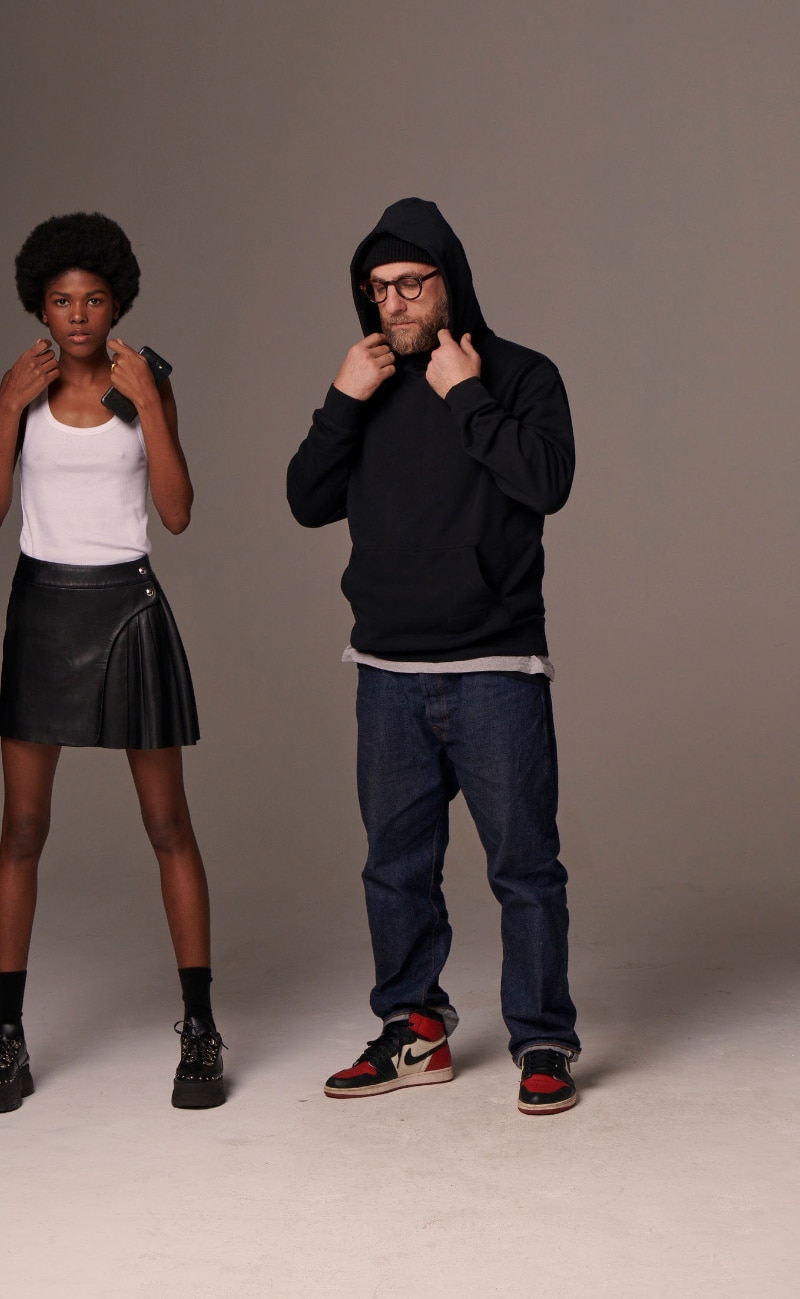
Finally, let’s imagine we are leaving this terrestrial world for a new one. What would you pack and what would be on your playlist to take into the new future?
I would take one song from Notorious BIG. One song from The Smiths and one from Led Zeppelin.
